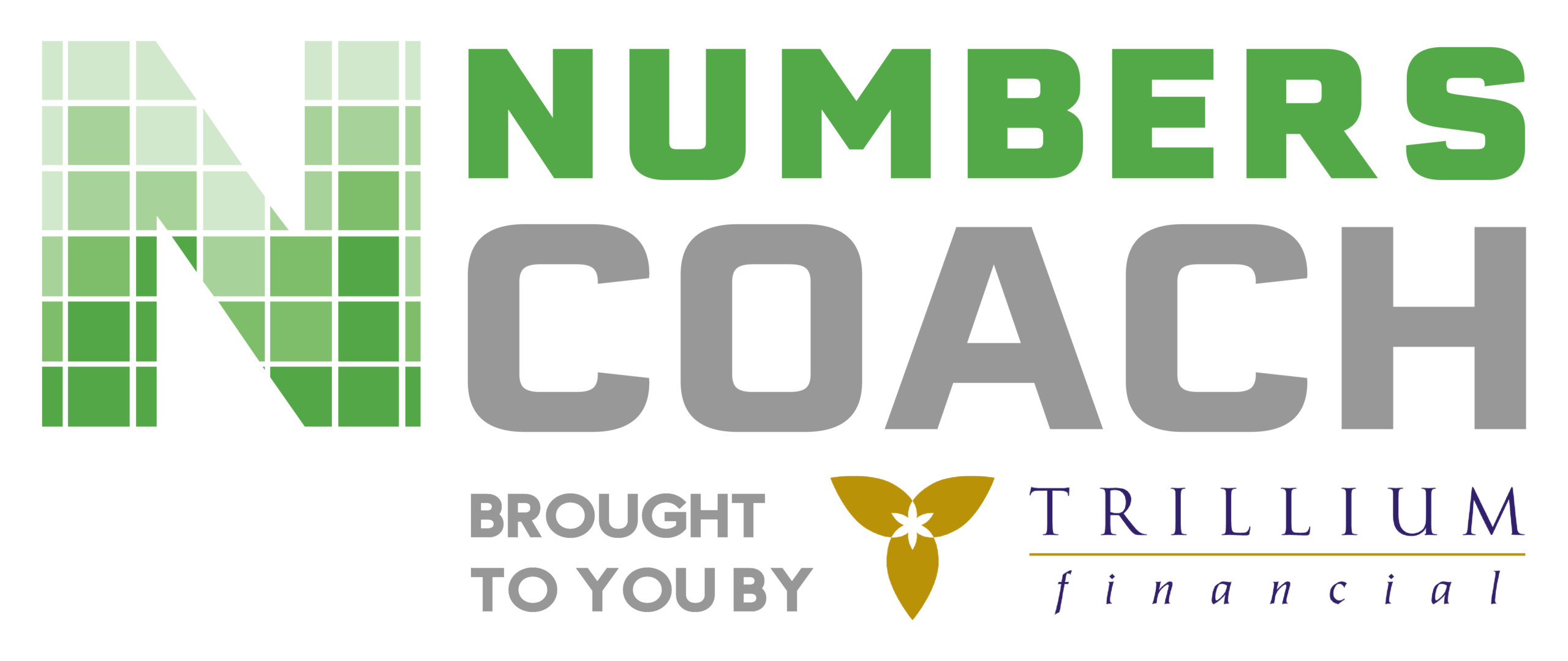by Michael Iverson
Merger and acquisition (M&A) activity can be a key part your business strategy. Whether you seek business growth through acquisition or your business is the target of a buyout offer (solicited or unsolicited, you are a party to the M&A process. From that standpoint, it makes sense to understand what the process entails and how it might affect your business.
For the sake of simplicity, and because my clients are more often sellers rather than buyers, I will address the process from the seller’s side of the transaction. However, the same principles apply whether your role is that of buyer or seller.
Organization and Documentation
In a previous article, I discussed how to build transferable value into your business. If you desire to sell your business, you have to make sure its value is readily apparent and transferable to a prospective owner. Let’s review a couple of the tenets of transferability:
- Your business needs to have an organizational structure that will survive your departure from the business. Many business owners don’t have that kind of structure in place. When a business owner is an irreplaceable force in their organization, the business can lack transferability.
- Documenting your processes and training employees to follow them consistently adds transferable value to your business. It gives a prospective buyer a high degree of confidence that he or she can purchase the business and make a successful transition to ownership. To use a sports analogy, you are turning over your playbook to a new coach.
To bring together the two tenets above, let me point out most entrepreneurs are focused on the delivery and growth of their company and not on organizational structure and documentation – at least, not initially. Most emerging growth business owners are correctly focused on meeting customer needs and providing the products and services customers want. As a business matures, it’s important for the owner to recognize that organizational process and documentation are absolutely necessary. Without them, it is very difficult for an owner to extricate himself from the business.
Well-organized processes and documentation conveys to a potential buyer that:
- the owner knows what he/she is doing,
- the buyer can easily understand the business model, and
- the transfer of knowledge to run the business can happen quickly, which makes a seller attractive.
If an owner is knowledgeable about business contracts, for example, it gives a buyer confidence. When employee files are complete and updated, it reflects the owner’s commitment to matters of compliance.
Letter of Intent
When buyer and seller reach agreement about general parameters of a sale – price, terms, a timetable for completion of the deal and the consequences if the deadline is not met – the particulars are set forth in a letter of intent. The document indicates that initial negotiations have been completed and both parties are committed to additional negotiations with the intention of completing a transaction. The letter of intent (“LOI”) typically includes language stating that information learned about the other party must be held in strict confidence in the event a transaction does not occur.
An LOI is followed by a phase called due diligence. During the due diligence period, the potential acquiring party takes a closer look at the target company. This is a time when organizational structure, process, and documentation can help seal the deal. On the other hand, if any of these is found lacking, the buyer might find reason to re-negotiate the deal. Tax returns reviewed may indicate possible obligations not earlier known to the buyer. Contracts reviewed might show significant uncertainties about vendor or customer relationships that might not be transferrable in the event of a transaction. The result can be a downward revision of the sales price.
Closing the Deal
Assuming nothing significant is uncovered during the due diligence phase, attorneys from each side will then compile a list of documents needed to close the deal. Typically all the documents must be signed by each shareholder of each company, either in person, electronically or by proxy.
When all parties to the deal have signed, the process of integrating the two operations begins. In my experience, that’s the hardest part. It includes a series of meetings, deadlines and assigned responsibilities designed to make the two become one. We will address the integration aspect of M&A in a future article.
If you have questions about M&A, or your company’s readiness, contact us. We are happy to assess your situation and make recommendations.
